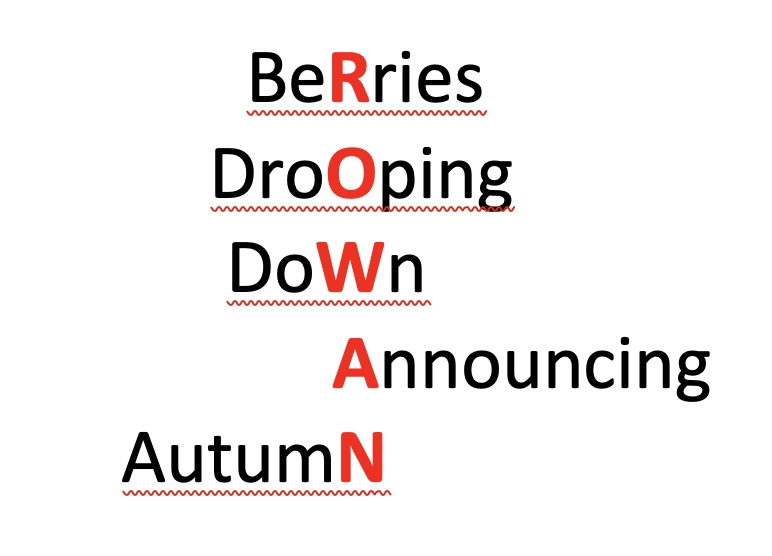As an education consultant, one of my favourite things to do was poetry outdoors with educators as well as children. here are three poem structures that work well outside with both!
A Number Poem
This works well for group work and with very young children. Ask children to find a specific number of an object of their choosing. For example one child might have the number 5 and choose to bring 5 pebbles to the gathering space. Another child might have the number 4 and may bring 4 sticks.
Once each child has their objects lay them out in the following way:
Number – Adjective – Alliteration – Object (Noun)
Four, sharp, stumpy sticks
Three, black, fluffy feathers
Two, crunchy, lovely leaves
One, tiny, delicate daisy
Look What I Found?
This poetry structure can be started by having a pot of adjectives. The children pick an adjective from the pot and then find an object that matches the describing word. From here the poem can be created as follows:
First line: See what I found?
Second line: (name of object)
Third line: (adjectives and/or descriptive phrase)
Fourth line: (tell where you found it)
Fifth line: (make a comment or question about it)

Lichen
Slowly growing, creeping
Over the bark of the tree
Will it still be there when the tree dies?
Mesostics
A mesostic is a kind of poem based upon a name. Any letter in the word can be highlighted and when these are read down a word is formed. The mesostic word can be thought of as a stem, and the other letters of the word come of unevenly to the sides as branches. Because of this mesostics are often written about plants.

The inspiration and suggestion for using mesostics outside came from Alec Finlay, a Scottish artist, poet and publisher. He has undertaken an number of projects that involve exploring words outside. His website provides lots of ideas for other explorations that combine place-based art, literacy and design.
This blog post was originally published in November 2010.






























Juliet- Your blog continues to inspire. Thank you for finding and sharing so many wonderful outdoor options! I gave you a blog award today!